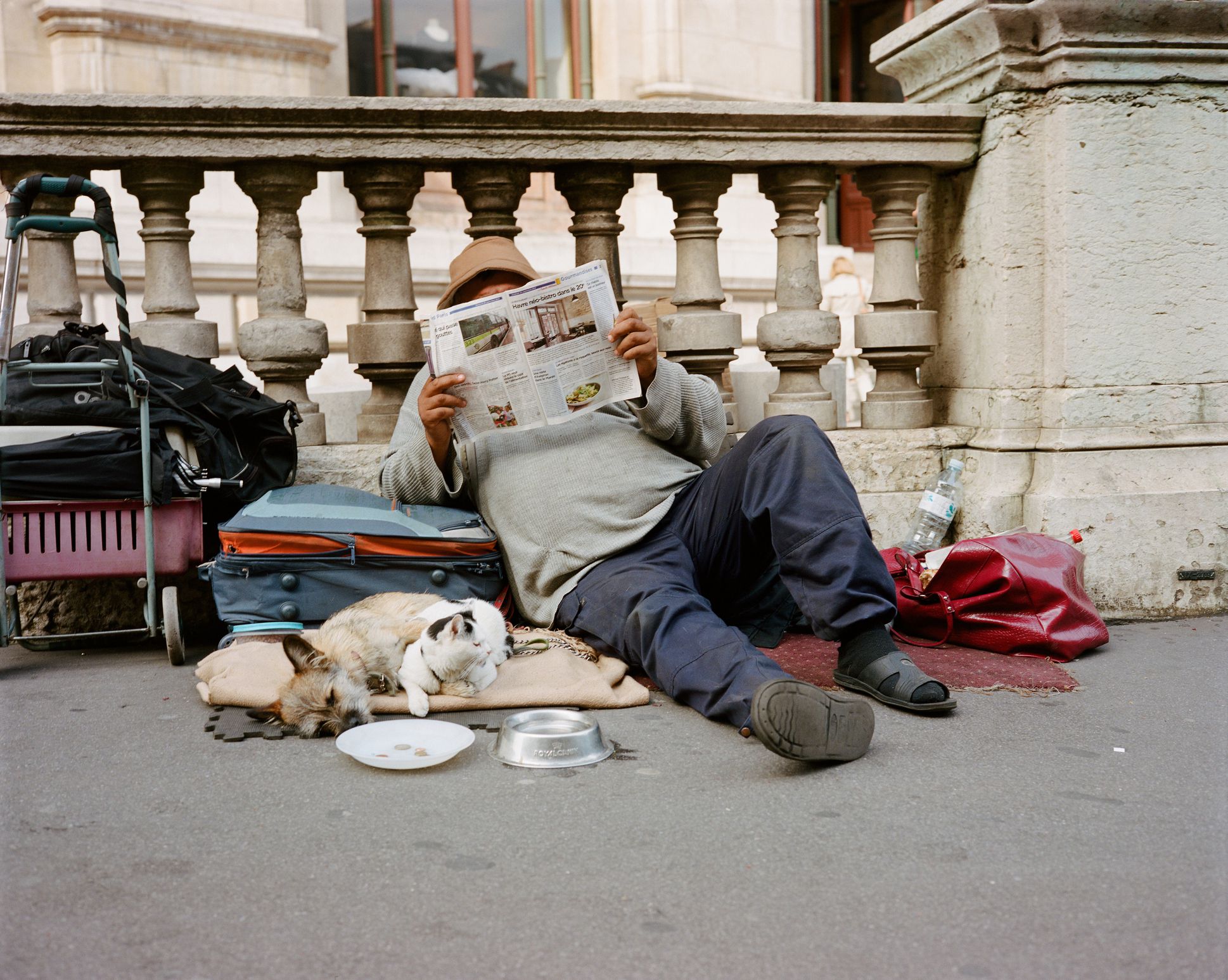Understanding the Roots: What Religion Do Tarot Cards Come From?
Introduction: The Quest for Tarot’s Religious Origins
Tarot cards captivate people worldwide, sparking curiosity about their origins and spiritual significance. Many wonder: what religion do tarot cards come from? To answer this, it’s vital to separate legend from fact and trace tarot’s journey from a medieval game to a modern tool for spiritual insight. This guide explains the historical, religious, and cultural influences behind tarot, offers practical steps for further exploration, and provides current, actionable information verified by leading sources.

Source: discover.hubpages.com
1. Historical Origins: From Game to Esoteric Tool
The earliest tarot cards appeared in 15th-century northern Italy , first known as “tarocchi.” These cards were used for trick-taking games among the nobility and included four suits-Cups, Swords, Batons (Wands), and Coins-plus a series of “trump” cards, which later became the Major Arcana [4] . There is no evidence that these early decks were created for religious or divinatory purposes; their function was primarily recreational [2] .
Notably, the structure of tarot decks, with symbolic figures like the Fool, the Magician, and the Pope (later called the Hierophant), hints at the influence of the religious and social environment in Renaissance Italy. However, scholarly research confirms that these cards were not initially intended as religious artifacts [3] .
2. Religious Symbolism in Early Tarot
Although tarot’s earliest use was not religious, the imagery on the trump cards drew heavily from the Roman Catholic world of the time. Cards depicting the Pope, the Empress, the Emperor, and the Last Judgment reflect the religious iconography and hierarchical worldview dominant in 15th-century Europe [5] . In this sense, the cards mirrored the spiritual environment rather than serving a direct religious function.
Some theorists argue that tarot’s symbolism was so intertwined with Catholic culture that the original game could be considered “religious” in inspiration, even if not used directly as a religious rite [5] . As one historian notes, “the cards as reflecting that religious world that saturated everything.” Thus, tarot cards are best understood as products of a Christian society, borrowing heavily from its imagery and values.

Source: depositphotos.com
3. The Shift: Tarot and the Occult Revival
Tarot’s association with mysticism did not emerge until the late 18th and 19th centuries , largely due to the efforts of French and British occultists. Figures such as Antoine Court de Gébelin and Jean-Baptiste Alliette (Etteilla) claimed that tarot cards held ancient spiritual wisdom, linking them-without historical evidence-to Egyptian mysteries, the Jewish Kabbalah, and other esoteric traditions [3] [1] .
The Hermetic Order of the Golden Dawn , a Victorian-era secret society, further developed the tarot’s mystical associations, transforming it into a tool for divination and self-discovery [1] . They designed new decks and attributed spiritual meanings to each card, laying the groundwork for today’s tarot practices.
4. Modern Usage: Spiritual Tool, Not Religious Doctrine
Today, tarot is most commonly used for personal reflection, spiritual guidance, and divination . Readers may meditate or pray before drawing cards, but the practice itself is not tied to any single religion [2] . Instead, tarot has become a spiritual tool adopted by people from diverse backgrounds. Some view it as a secular method of self-exploration, while others integrate it into their own spiritual or religious practices.
The symbolism found in modern tarot decks often draws from a variety of sources, including Christianity, ancient mythology, astrology, and more. This makes tarot adaptable to many belief systems, though it is not considered an official religious practice by any mainstream faith.
5. Step-by-Step Guidance: Exploring Tarot in a Religious or Spiritual Context
If you’re interested in exploring tarot, you can follow these steps:
- Research Tarot History: Begin by studying the historical development of tarot cards. The Metropolitan Museum of Art offers accessible articles on the subject. Search for “History of Tarot at the Met Museum” to access curated resources from recognized authorities.
- Examine Symbolism: Compare cards in different decks to observe how religious and cultural imagery has evolved. Many public libraries and museums provide digital access to historical decks.
- Reflect on Personal Belief: Consider how tarot aligns with your own spiritual or religious views. Many people use tarot for meditation or contemplation, integrating it with their unique values.
- Seek Community: Join reputable tarot study groups, forums, or local workshops. Engage with experienced readers who can share diverse perspectives and practical techniques.
- Practice Responsibly: Approach tarot as a tool for self-reflection rather than a replacement for professional advice. Use reputable guidebooks or consult recognized educators in the field.
6. Common Challenges and Solutions
Some individuals may face skepticism or concern from religious communities regarding tarot use. To address this:
- Educate Yourself: Understand the difference between tarot as a historical artifact and as a tool for divination. Share this knowledge with others to foster respectful dialogue.
- Clarify Intent: Be clear about your reasons for using tarot-whether for self-reflection, creativity, or spiritual exploration. This transparency can help alleviate misunderstandings.
- Alternative Approaches: For those uncomfortable with divinatory practices, tarot can be used purely as a creative or psychological tool, similar to storytelling exercises or art therapy.
7. How to Access More Information and Services
To learn more about tarot history, symbolism, and contemporary practice, you can:
- Visit major museum websites and search for “tarot” in their digital collections (e.g., the Metropolitan Museum of Art).
- Consult respected academic publications or books by historians such as Michael Dummett for accurate, in-depth analysis.
- Participate in community education programs or online courses provided by established learning institutions. Search for “tarot history course” or “symbolism in tarot” on trusted educational platforms.
- If seeking spiritual or pastoral guidance related to tarot use, consider contacting local religious leaders or spiritual counselors for perspective and support.
8. Key Takeaways: Religion and the Tarot
Tarot cards did not originate from a specific religion, but were shaped by the Catholic culture of Renaissance Italy . Their later association with mysticism and divination reflects the evolving interests of occultists, not a direct link to any historical faith tradition. Today, tarot is a flexible tool used by people of many backgrounds, adaptable for spiritual, creative, or personal purposes.
References
- [1] Fabled Collective (2025). History of Tarot.
- [2] Christian Century (2023). The woman behind tarot’s strange beauty.
- [3] Wikipedia (2024). Tarot.
- [4] Metropolitan Museum of Art (2016). Before Fortune-Telling: The History and Structure of Tarot.
- [5] Tarot History Forum (2009). Tarot was originally based on the Roman Catholic religion.



